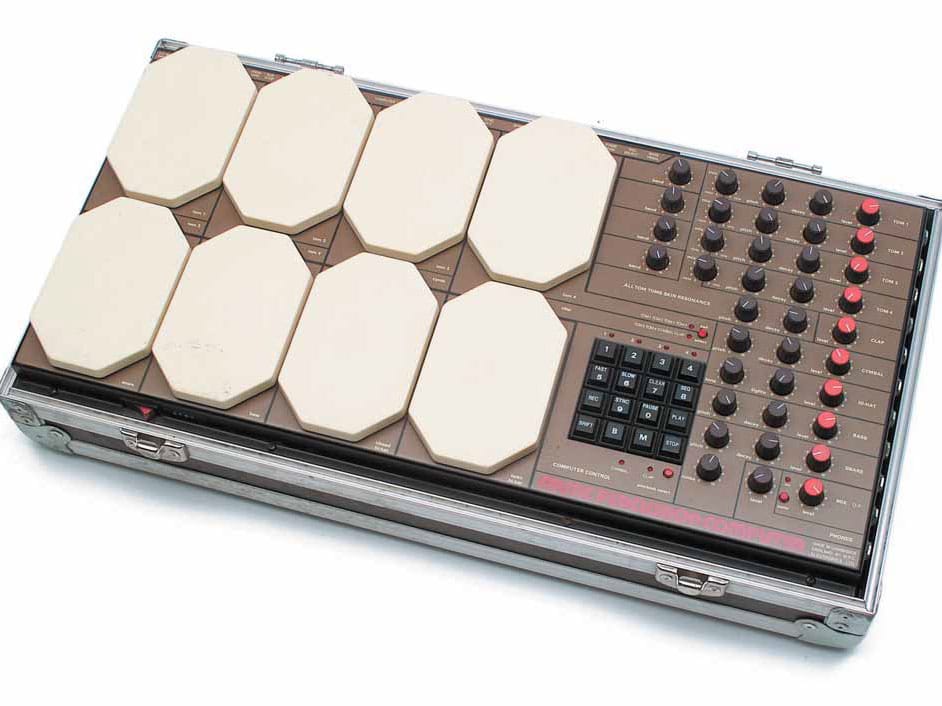
Just because the timing correct feature is there doesn’t mean that every single element needs to be tightly quantised to the grid. Change the TC settings based on what you are recording, ie keep kicks tight on the grid, snares with a bit more swing and looseness, and melodic elements without any time correction at all. Your Timing Correct settings can be different per track. This is a handy way to effectively store two ‘versions’ of your sequence – one that’s with automation changes, one without.


Automation can be turned off completely by holding shift and tapping that same button. Tap the automation button again to switch over to Read mode, which will turn the button green. Any changes you make while Record or Overdub are on will be written into your sequence. To access automation, ensure that the small icon in the top right is illuminated. Because of this, keeping all your files on an SD card will allow you to access those same projects when in Controller mode.Ĩ automation tricks every producer must know Now, you can access that SD drive as a docked drive on your computer’s hard drive, a much requested fix. In previous versions of the OS, MPC One users had to save the project on an SD card, eject it, connect it to a card reader and then to the computer, and then open that same project with your computer using either the standalone MPC 2 App or the plugin version. New in version 2.10 for MPC One users is a small but still very important workflow time-saver – the ability to access the SD card from the computer when you’re using the MPC in Controller Mode. Hit the Learn button on the top of the screen and then toggle a knob you should see the assignment show up in the window to the left. Target is the exact parameter you’d like to control.


This can be a Program, MIDI track, Audio Track, Return track, or even something on the Master. The “Source” parameter is whatever you’d like to affect inside in the MPC. This really opens up the performance possibilities of the MPC, especially when mapping things to the Global Mix Bus. (The MPC X already has four times the amount of Q-link knobs, though an extra controller certainly wouldn’t hurt!)Įven better, use a multi-port USB hub so that you can use several MIDI controllers at once, just like you would with a DAW-based setup. Especially if you’re using the Live II or MPC One, using a MIDI controller to expedite your Q-link workflow is great.


 0 kommentar(er)
0 kommentar(er)
